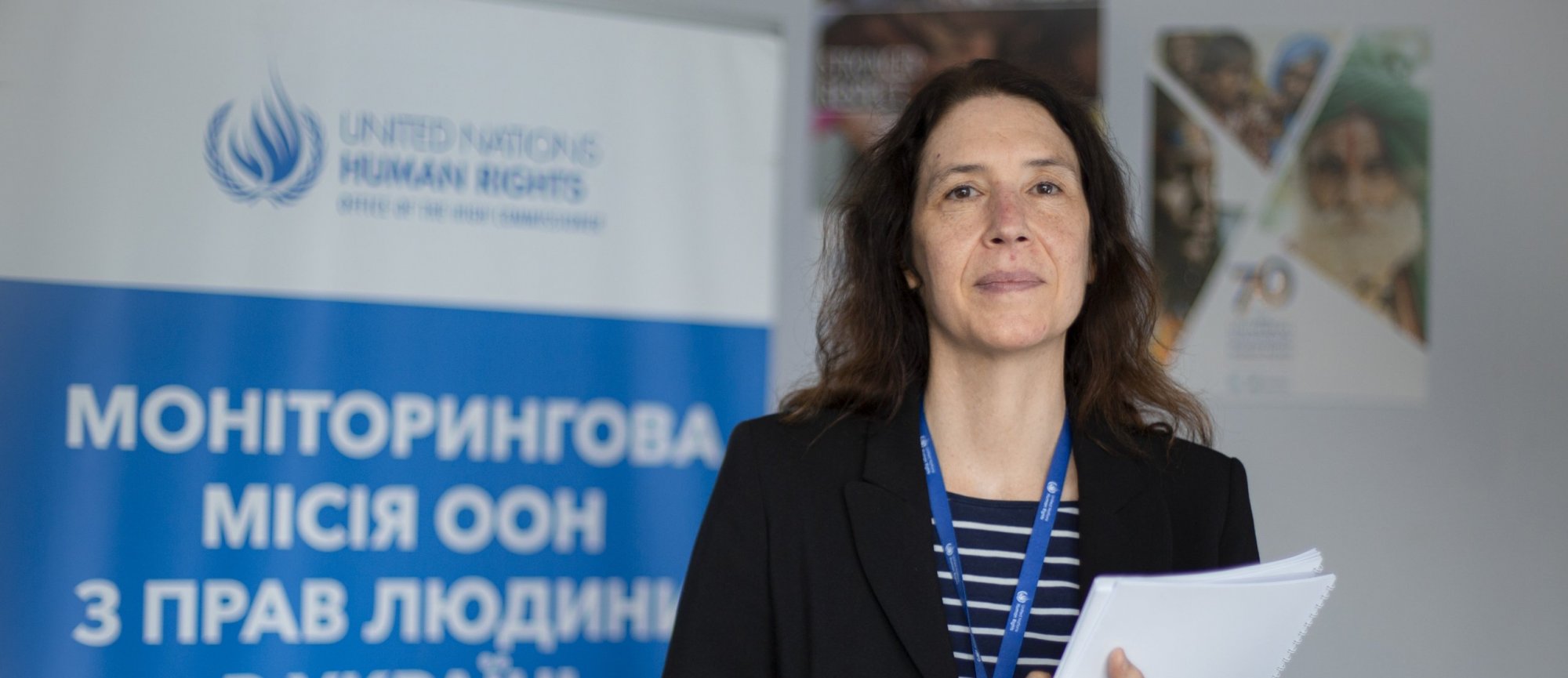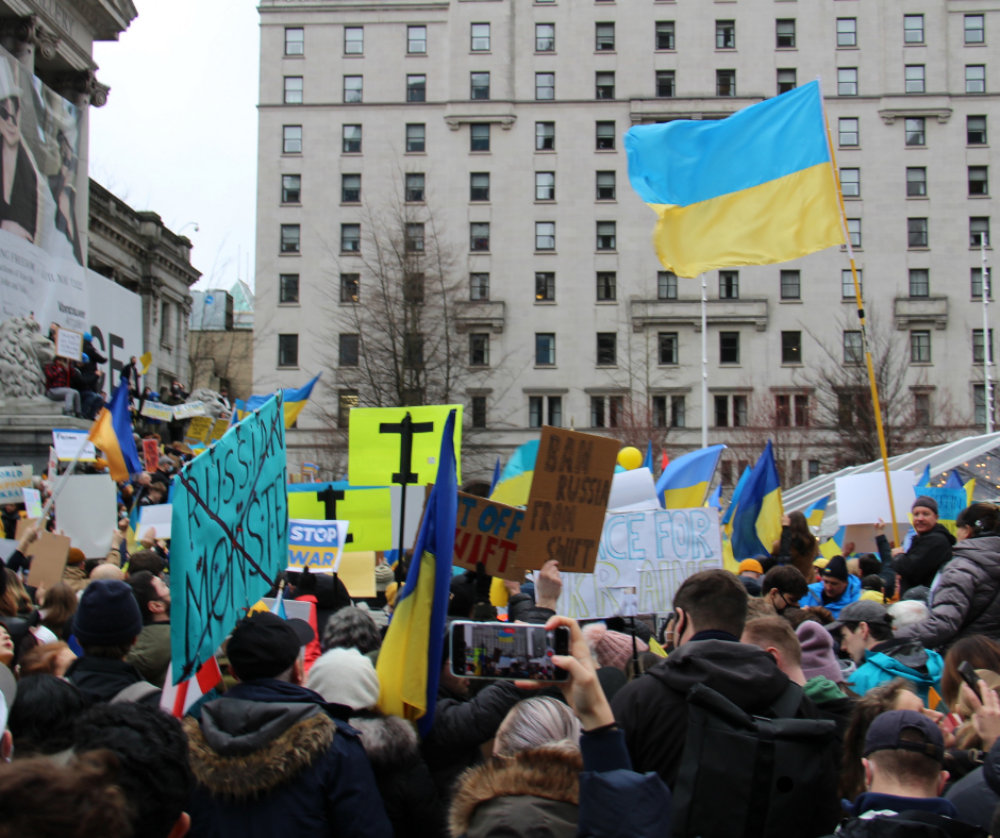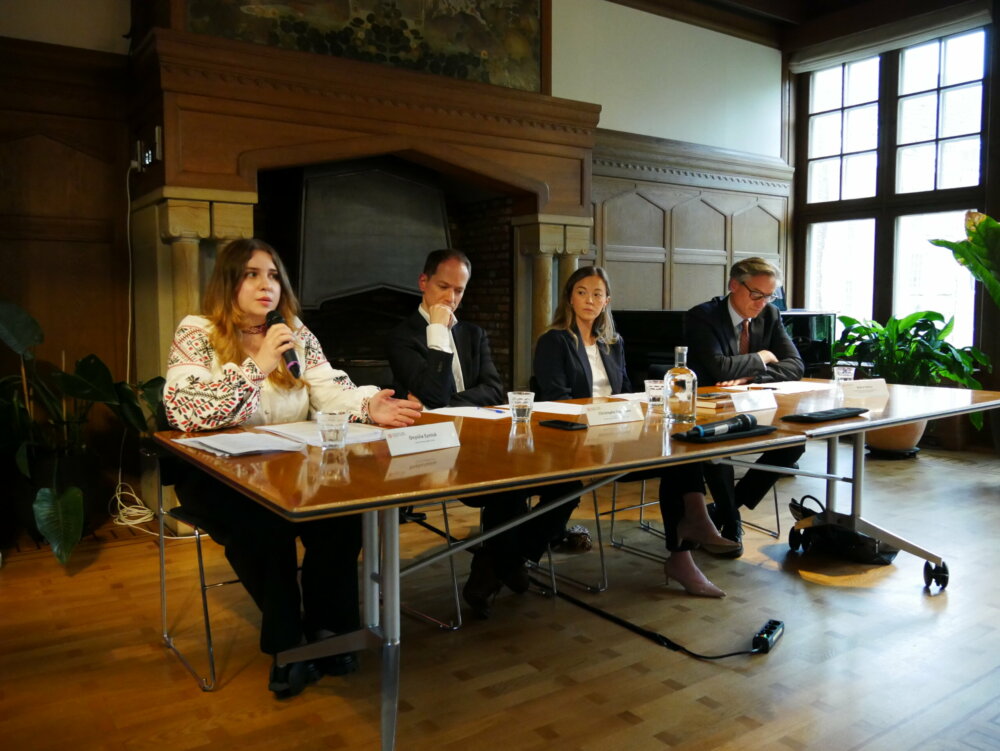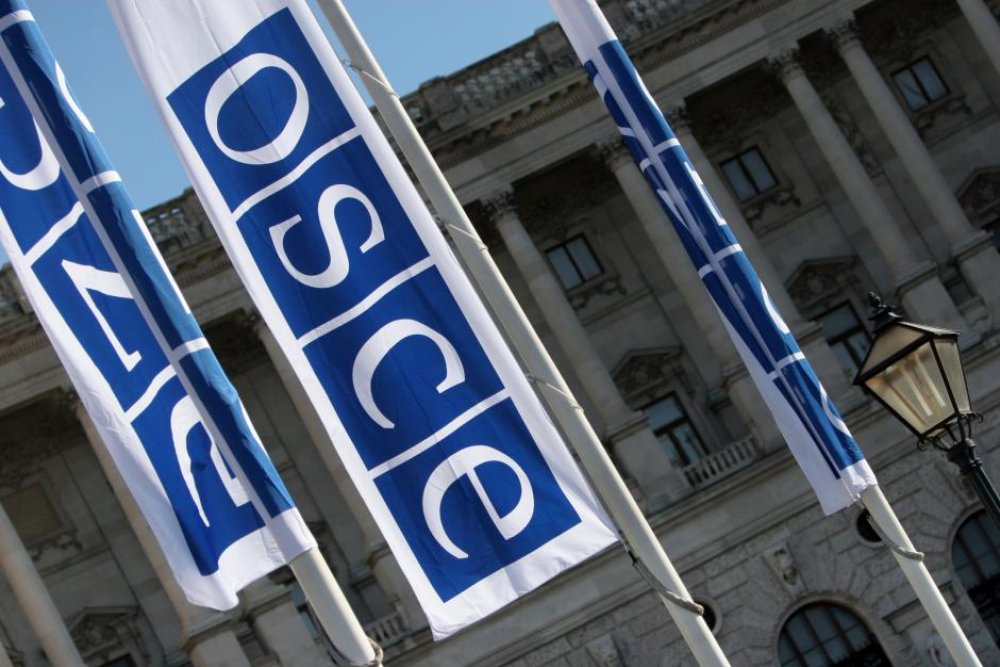OHCHR/HRMMU.

UN human rights official: Civilians in eastern Ukraine ‘want peace’
The UN Human Rights Monitoring Mission in Ukraine “monitors, reports and advocates on the human rights situation in Ukraine”, with a particular focus on the conflict areas of eastern Ukraine and Crimea. Led by Matilda Bogner, who has worked for the UN since 2006, the mission employs 57 staff members. Before leading the mission in Ukraine, Bogner headed UN regional offices in Central Asia, the Pacific and South East Asia. Most recently, she was senior UN human rights advisor in Belarus.
SHR Monitor: Can you describe your mandate and daily routine?
Matilda Bogner: We have an agreement with the government of Ukraine to work in the country, which allows us to monitor, document and report on the human rights situation across all of Ukraine, with a particular focus on the east of the country and on Crimea. Our mission was established in 2014, before the armed conflict broke out. We have seven offices throughout Ukraine; two are in the armed group-controlled territory in the east and two are on government-controlled territory in the east. We also have offices in Kharkiv, Odesa and Kyiv.
How would you describe the human rights situation currently, and what worries you most?
Bogner: Torture and ill-treatment is a big worry, particularly in the case of people who have been detained for conflict-related reasons. While this happens on both sides of the contact line, it is particularly concerning in armed group-controlled territory, where we have seen systematic torture. One specific detention centre that we have looked at is the so-called “Izoliatsiia” in Donetsk. The torture that has happened there is very horrifying.
How do you document those cases? Do you receive access to prisons?
Bogner: Not a single independent organization has access to any of the places of detention on the territory that is controlled by armed groups. This is of huge concern, because this means that torture can continue relentlessly and there is absolutely no accountability. But we are still able to document the torture in a variety of other ways. The most successful way is for us to interview former detainees.
In government-controlled areas we have also seen torture and ill-treatment of conflict-related detainees. The level, however, has gone down significantly since about 2016 and it is less systematic. But it has not stopped completely.
The use of arbitrary detention by the Security Service of Ukraine is also a concern. We continue to document cases in which the security services detain people, hold them in ad hoc places of detention, such as rented apartments, hotel rooms or garages, where they are put under pressure to confess, and then they are transferred to an official detention centre. In general, I would say that there is a real problem of lack of accountability for such detentions, especially those dating back to 2014-2016, when detention in such unofficial places was widespread.
What other human rights violations have you witnessed?
Bogner: One major concern is of course the civilian casualties that are a result of the shelling and conflict. The numbers have gone down in comparison to the beginning of the conflict. In July 2020, there was a renewed commitment to the ceasefire, which has also led to a further decrease in civilian casualties. But in 2021 the numbers have unfortunately slowly creeped up again.
We document the civilian casualties by either speaking to victims or to medical workers, neighbours and other witnesses. This job can also be psychologically difficult for our team at times. Furthermore, we are of course also always in contact with the OSCE Special Monitoring Mission to Ukraine and we cross-reference our information.
How does the COVID-19 pandemic impact the human rights situation in the conflict areas?
Bogner: In the east, one of the main repercussions of the pandemic has been the reduction in the freedom of movement, particularly across the contact line. During the first few months of the pandemic last year, there was absolutely no possibility for civilians to cross the contact line at the usual crossing points. In the summer, some entry-exit points were opened up in a restricted manner. Right now, there are only two entry-exit points that are open for civilians.
This means that civilians are less able to stay in contact with family members. For example, they cannot visit their older parents to take care of them. Some people were also prevented from attending funerals or from receiving medical care. Many pensioners in armed group-controlled territory have not been able to cross over into government-controlled territory to collect their pensions. This has had an impact on their standard of living. In general, I would say that older people are often the most vulnerable group.
Has the situation improved?
Bogner: The situation now is better than during the early months of the pandemic last year, but it is still a big issue. By way of comparison, in February 2020 there were approximately 1 million crossings per month. In recent months, it is at the level of some 50,000 crossings per month.
Can you describe the human rights situation in Crimea a bit more?
Bogner: As far as we know, we are the only international organization that has a team dedicated to monitoring the human rights situation in Crimea. While we do not have physical access to Crimea, we do a lot of distance monitoring. We have a well-developed methodology and we believe that we get good information which we can also verify. We monitor the human rights situation by conducting interviews with first-hand sources in Crimea, such as victims and witnesses, and we add to that information from experts and NGOs. We also use official government information from the Russian Federation and from Ukraine.
The main human rights concern is for people who do not agree with the views of the Russian Federation. People such as journalists face a lot of difficulties. Also, when people go through legal processes, we have concerns that the trial process is not according to international standards. Often the process is weighted towards the prosecution and the defence position is not taken enough into account.
We also see problems in relation to freedom of religion. For example, Muslim Tatars are limited in how they can practice their faith and Jehovah’s Witnesses are essentially outlawed.
Since you are in close contact with the local population in eastern Ukraine, do you sense that peace will be possible one day?
Bogner: The majority of the people that we speak to in the east of the country want peace, no matter which side they are on. It is their overwhelming wish. There is a smaller group of people who also want peace, but they have stronger views how exactly that should be achieved. But most people have family on both sides of the contact line. They want to lead a normal life in peace, and to raise children and look after their relatives.
Comments
One response to “UN human rights official: Civilians in eastern Ukraine ‘want peace’”
Leave a Reply
* Your email address will not be published



UN Human Rights Monitoring Mission in Ukraine play very important role. The domestic violence is spread all over the Ukraine. The rights of minorities are not properly observed. There is a need to wider introduce the culture of Human Rights to practice of Ukrainian officials. I have monitored so many Human Rights violations during my work in OSCE Special Monitoring Mission in Ukraine. The armed conflict in the East of Ukraine need to be closely monitored and reported to national and international bodies.